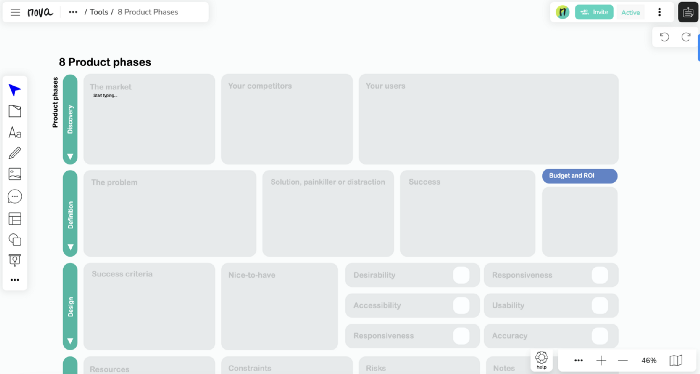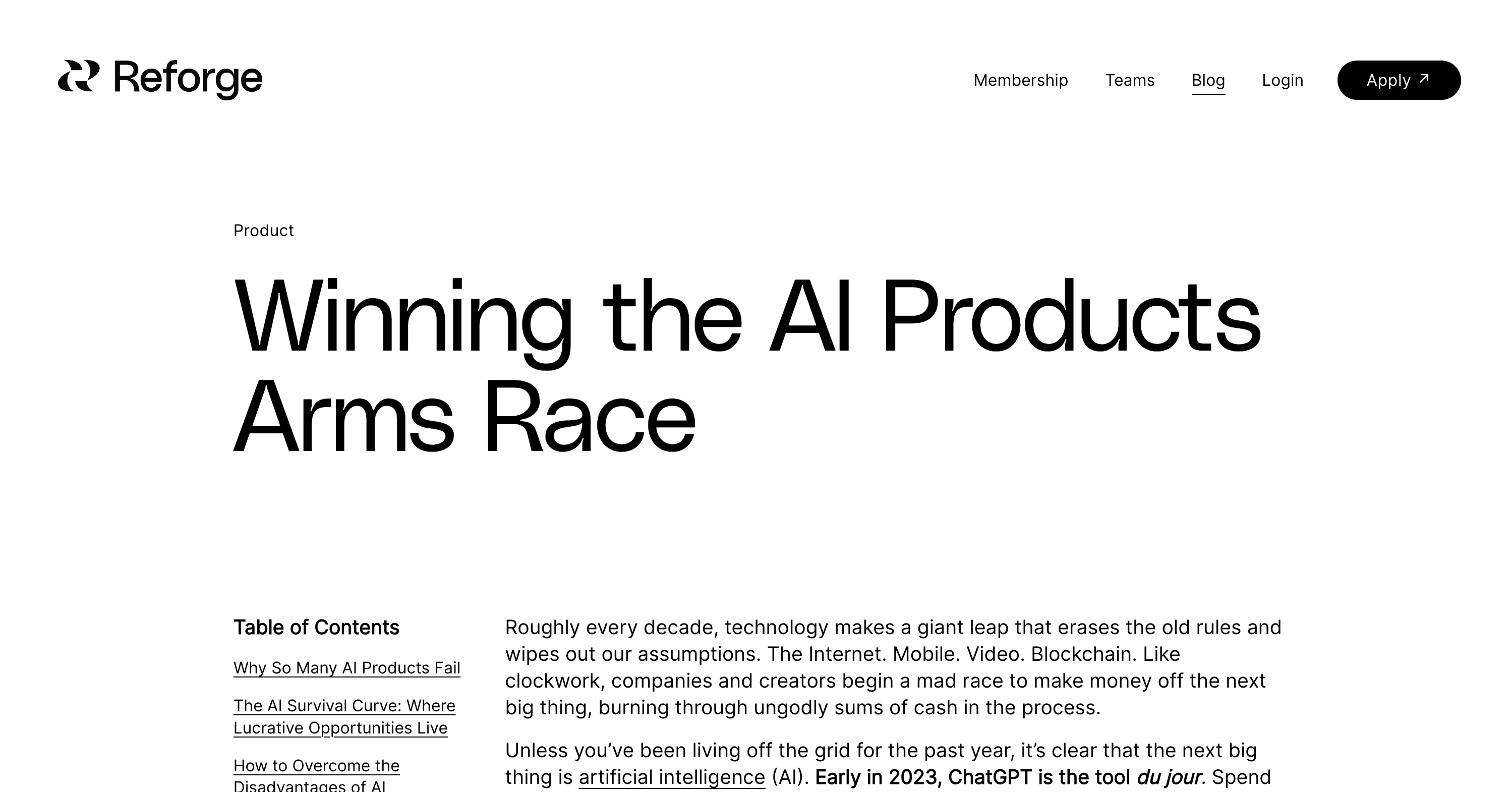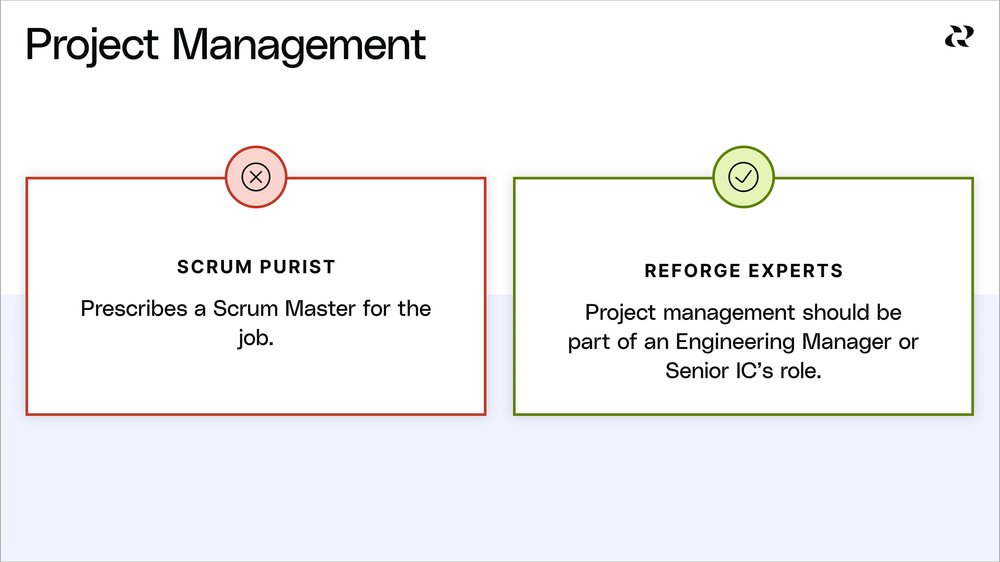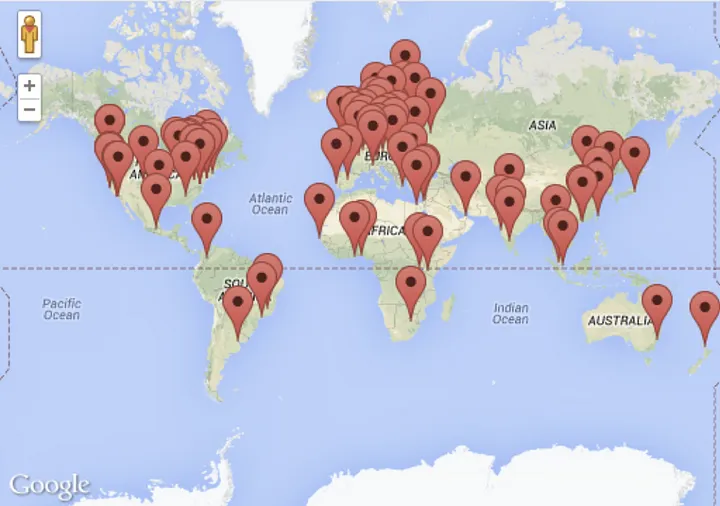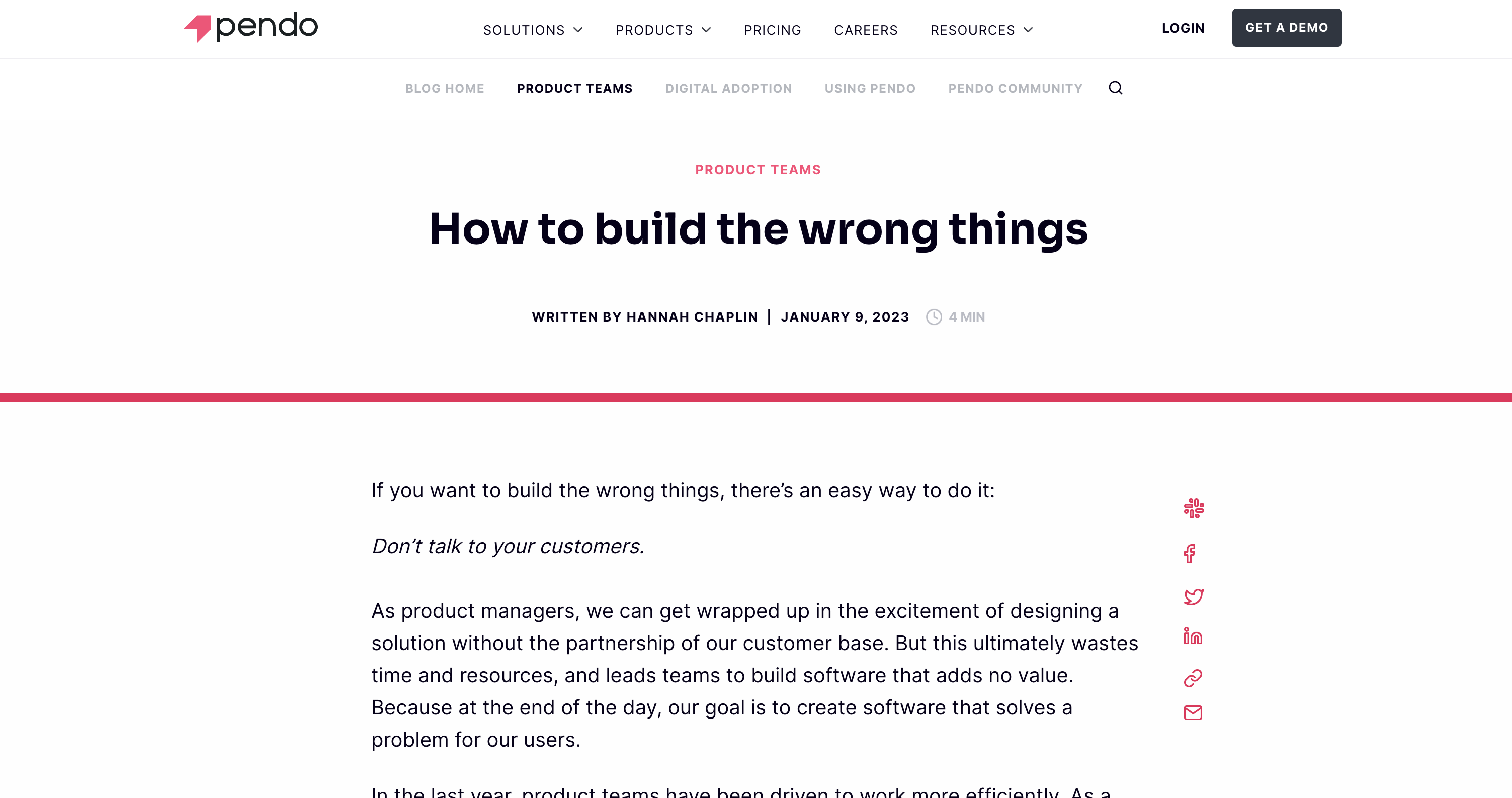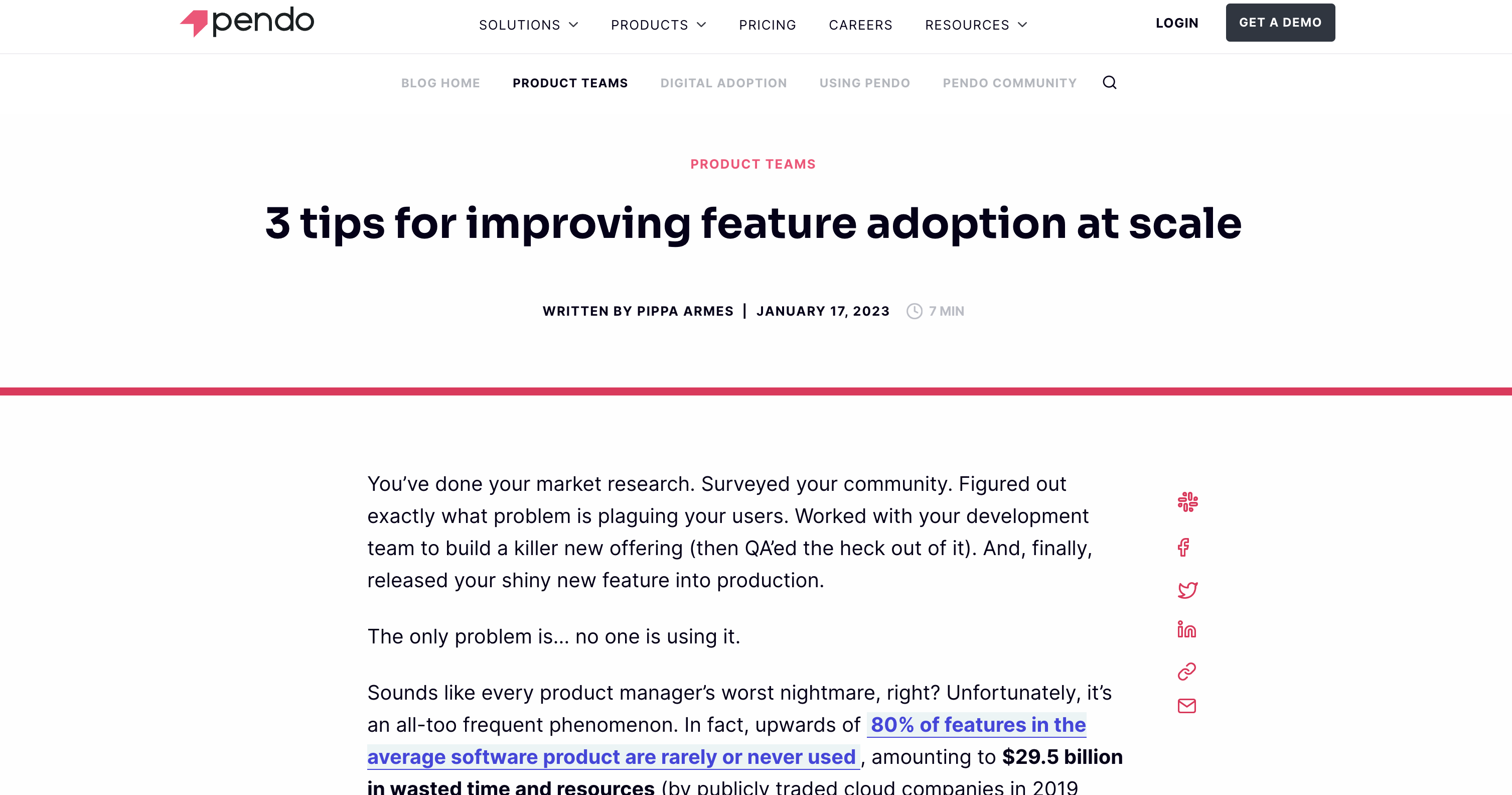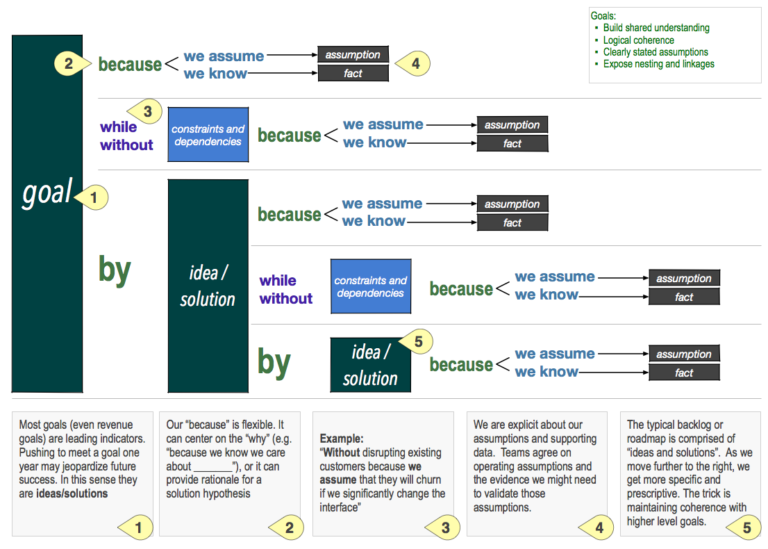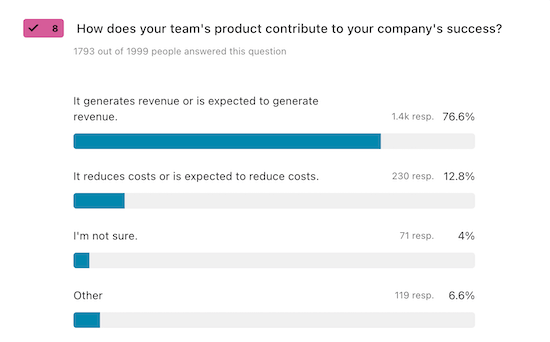A product’s added value depends on context: the use case, alternative products known and available to the user, current method for performing the job-to-be-done, and user’s personal preferences and tastes.
Article
Discovery Is Messy: How Do We Keep Track of All That We Are Learning?
As you start to adopt the continuous discovery habits, it’s easy to get overwhelmed by how much stuff you generate. What do I mean by “stuff”? Opportunity solution trees, experience […]
The Ultimate Framework to Successfully Launching Your New Product or Feature.
Launching a new product feature or creating a new product requires that a product manager not only prepares user stories and writes a good epic for developers, but also defines a good action plan and strategy for that initiative.
TBM 201: The Myth of Quality Tradeoffs
A real estate investor constructs a rental property and skimps on quality. Every time the contractor asks the investor, “do you want to do X, which will cost more but will last longer, or Y, which is cheaper and will not last as long” the investor says Y. Unless, of course, the contractor says “X is more expensive, but in the long run it will save you money,” in which case the investor says, X.
Strategy and Tactics are not mutually exclusive things
Did you know that the top-performing CEOs in Fortune 500 companies spend significantly more time thinking strategically and long-term?
Career Development — Part 2 | Product Manager
Based on the common hierarchies in product management, you can use the following simple blueprint for the development of product managers and adapt it to individual needs and the company environment.
Product planning — How to go from Opportunity to User stories?
The vocabulary in the product world can be confusing. The product team communicates regularly with business and development teams, so we borrow terms from both.
What is voice of the customer?
Learn about the concept of “voice of the customer” and why it is important to understand. See examples of successful VoC programs
TBM 203: Fixing Messy Problems
Over the years, I have observed many instances of this situation: There is a general agreement about what great looks like. There is disagreement about the “root cause” or “problem definition.”…
Career Development — Part 1 | Junior Product Manager
Based on the common hierarchies in product management, you can use the following simple blueprint for the development of product managers and adapt it to individual needs and the company environment.
How to write awesome product launch emails (+14 examples)
Great product launch emails sell more products, re-engage customers, and celebrate your team’s hard work. Here are 14 of the best product launch emails for inspiration.
Winning the AI Products Arms Race
Roughly every decade, technology makes a giant leap that erases the old rules and wipes out our assumptions. The Internet. Mobile. Video. Blockchain. Like clockwork…
When to invest in optimizing user onboarding and activation
For many product managers, improving activation is synonymous with optimizing the onboarding process. They identify key steps on the value journey of new clients, calculate user dropout rates, create hypotheses for making improvements, and start testing these hypotheses experimentally. These changes will probably be targeted and small: tweaks to form logic, rewrites of notifications and emails, mobile-friendly design, and so […]
The Product Development Process: 6 Stages
The product development process refers to the full spectrum of activities that starts with the seed of an idea and turns that innovative thought into a market-viable product.
User journey map: the ultimate guide to improving UX
A user journey map is an essential part of designing a product-led UX. Here’s a guide to understanding, building, and benefiting from user journey mapping.
Forget Scrum Masters. Focus on Outcomes.
The year was 1995, and Quentin Tarantino’s Pulp Fiction wasn’t the only chaotic thing shaking up the world. Javascript had just hit the scene and everyone in the software development industry was frantically trying to build things as quickly as possible, mostly leaving process to happenstance. At best, any attempt to build faster was ineffective. At worst, it was counterproductive.
Product Portfolio Management
Why do some companies decide to have more than one product? How do they manage this product portfolio? Why do other companies prefer to focus on a single product? Focus or diversification, which is the most appropriate strategy? How to organize the product development team according to the chosen strategy?
Why objective vs. perceived product value matters for activation
In our previous articles, we showed how people change the way they get a job done after finding a new product whose benefits outweigh the cost of switching. But it’s not enough just to make a product that does the job significantly better. People make decisions based not on a product’s objective value, but its subjective perceived value—how that particular […]
TBM 8/52: Top 1% Product Managers
Why is product management so obsessed with tropes and bromides like “Top 1% Product Managers” and “Good Product Managers _____ Great Product Managers______”? Is it something unique about the profession?
How to build the wrong things
If you want to build the wrong things, there’s an easy way to do it: Don’t talk to your customers. As product managers, we can get wrapped up in the excitement of designing a solution without the partnership of our customer base. But this ultimately wastes time and resources, and leads teams to build software…
How to Use In-App Tutorials to Educate your Users and Increase Product Adoption
An in-app tutorial is an interactive guide that runs on top of your user interface and is meant to provide guidance and in-app training within your product. These could be video tutorials that run in-app or step-by-step guides (also known as app walkthroughs or interactive walkthroughs).
Product discovery at established, large-scale, and risk-averse organizations
The nature of product discovery at large organizations is different from that of startups, and eventually, every startup becomes a risk-averse organization. To continually innovate and survive, organizations need a combination of dedicated innovation labs and a…
3 tips for improving feature adoption at scale
You’ve done your market research. Surveyed your community. Figured out exactly what problem is plaguing your users. Worked with your development team to build a killer new offering (then QA’ed the heck out of it). And, finally, released your shiny new feature into production. The only problem is… no one is using it.
Battling Roadmap Inconsistency
Explore the many reasons why battling roadm inconsistency can lead to better alignment amongst product teams and important stakeholders.
Testing user activation fit for diverse use cases
We previously have discussed how to design activation mechanisms for a particular use case. This approach involves working backwards, starting with product value and culminating with acquisition channels and landing pages. But what about situations when a product has product/market fit for several different use cases? Users will come to the product with different jobs they want to get done. Depending…
TBM 200: Product Team / Enabling Team Collaboration
Introducing the new TBM numbering scheme! This is my 200th TBM post since January 2020, so it is as good a time as any to redo the numbering scheme. How can product teams work more effectively with enabling teams like education (external and internal), documentation (external and internal), support, content and communications, product marketing and customer marketing, internal tools, legal, etc.?
10 customer success metrics for SaaS companies and how to measure them
Learn which 10 customer success metrics are crucial for SaaS companies to track and how to measure them effectively. Optimize your approach now.
A Map from Goals, Around Assumptions, Through Tasks, Towards Results
What Could You Do to Untrap Your Team?
Challenges are natural. Overcoming them is what differentiates the great from the rest.
Insights from the CDH Benchmark Survey: Measuring Product and Team Performance
For years, I’ve shared that Product Talk’s outcome is to increase the number of teams who adopt the continuous discovery habits that I outlined in my book. The challenge with […]
The post Insights from the CDH Benchmark Survey: Measuring Product and Team Performance appeared first on Product Talk.
Insights from the CDH Benchmark Survey: Measuring Product and Team Performance was first posted on February 15, 2023 at 6:00 am.
©2022 “Product Talk“. Use of this feed is for personal non-commercial use only. If you are not reading this article in your feed reader, then the site is guilty of copyright infringement. Please let us know at support@producttalk.org.


